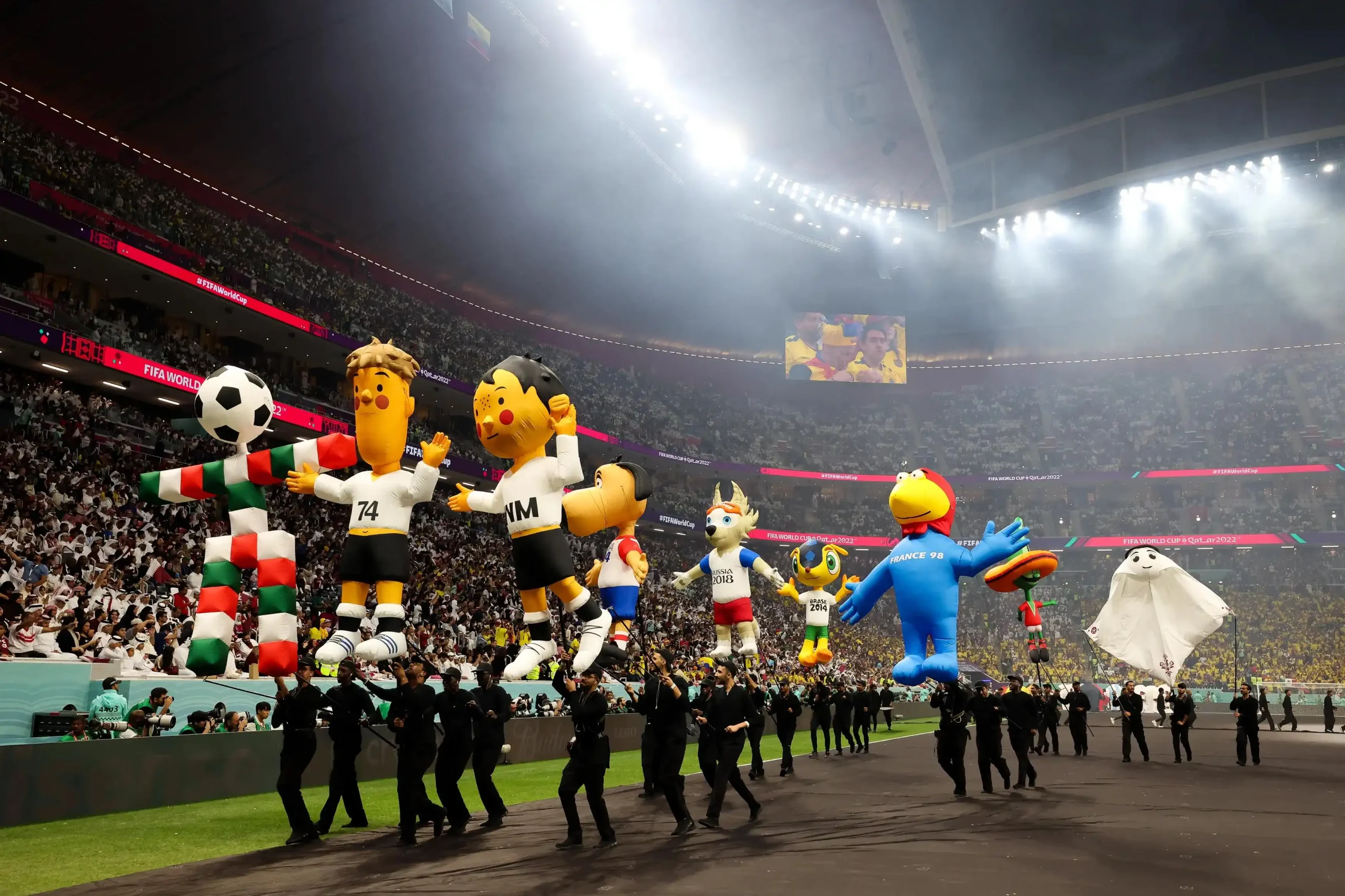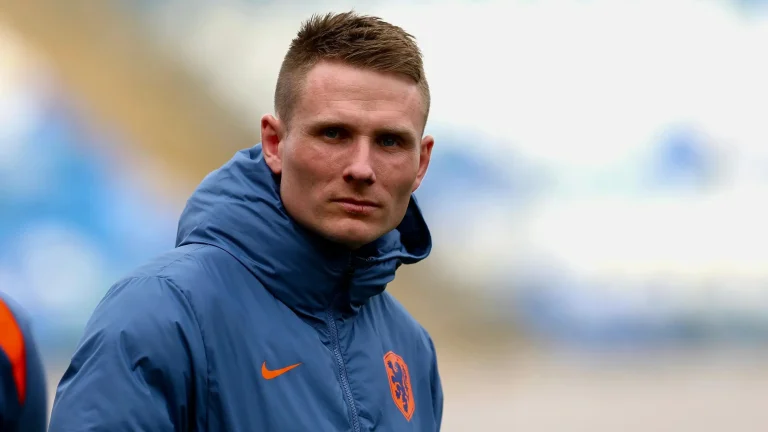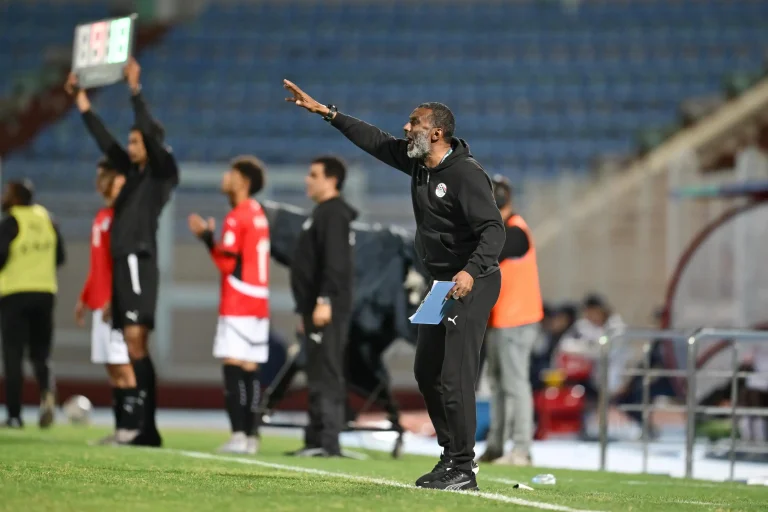The FIFA World Cup™ has seen mascots become part of the fabric of the tournament since the 1966 edition in England.
The upcoming FIFA World Cup 26™ will be the 16th consecutive event to feature mascots, with the predecessors to Clutch, Maple and Zayu having ranged in inspiration from human, animal, fruit, artistic and ethereal.
Here, FIFA looks back at every one of them from the past 15 competitions, and ahead to the new additions for 2026.
1966 FIFA World Cup England™
World Cup Willie
The original and, for many, still the best World Cup mascot. England’s lion – wearing a Union Jack jersey with ‘WORLD CUP’ emblazoned on the front – provided a traditional symbol for the 1966 hosts. World Cup Willie’s success ensured he became a pioneer for mascots at major sporting events, setting the standard for his many successors.
1970 FIFA World Cup Mexico™
Juanito
Following in Willie’s footsteps was Juanito, a boy decked out in a ‘Mexico 1970’ sombrero and the hosts’ famous green shirt. He provided a fittingly vibrant mascot for the first World Cup broadcast in colour.
1974 FIFA World Cup West Germany™
Tip and Tap
The 1974 hosts followed a similar theme, kitting out two boys in the hosts country’s white shirts, one emblazoned with the letters WM (Weltmeisterschaft, German for World Cup) and the other with the number 74. Tip and Tap offered an image of togetherness and friendship that would be repeated 32 years later.
1978 FIFA World Cup Argentina™
Gauchito
For the third tournament in succession, organisers opted for the image of an enthusiastic young boy, with Gauchito again sporting the hosts’ iconic kit. His hat carried the words ‘ARGENTINA 78’ and he wore a handkerchief and carried a whip; typical gaucho symbols.
1982 FIFA World Cup Spain™
Naranjito
There was a fruit-based theme to Spain’s 1982 mascot, with Naranjito taking the form of an orange. Again, he was resplendent in his national team’s kit and also wore an especially wide grin.
1986 FIFA World Cup Mexico™
Pique
Mexico’s return as hosts also brought about a comeback for the sombrero, although this time it was not worn by a boy, but a giant chili pepper. Pique, who also sported a stereotypically Mexican moustache, continued the theme of fruit and vegetables started by Naranjito.
1990 FIFA World Cup Italy™
Ciao
The 1990 edition heralded a significant departure from tradition as Italy ditched the mascot’s traditionally ‘cuddly’ form for a more modern structure. Ciao – named, of course, after the Italian greeting – was also the first and, to date, only mascot without a face, with designers opting instead for a stick figure in the colours of the Italian tricolour, with a football for a head.
1994 FIFA World Cup USA™
Striker
There was another revolutionary development in 1994, when the United States public voted for their tournament’s mascot. Their choice was Striker, a dog kitted out in the hosts’ red white and blue, with the competition logo displayed on his shirt.
1998 FIFA World Cup France™
Footix
France drew inspiration from World Cup Willie by opting for a recognised national emblem in the shape of a traditional Gallic rooster. One of the more colourful mascots to date, Footix’s bold blue body, red head and bright yellow beak made him a colourful addition to a memorable tournament.
2002 FIFA World Cup Korea/Japan™
Ato, Kaz and Nik
The first World Cup of the new millennium brought the first trio of mascots in a predictably futuristic effort from the famously innovative co-hosts. These animated creations participated in ‘Atomball’, a fictional football-like sport, with Ato the coach and Kaz and Nik his players. The three names were voted for by internet users and customers at McDonald’s outlets in the host nations.
2006 FIFA World Cup Germany™
Goleo VI and Pille
FIFA.com users voted Goleo VI and Pille as their favourite mascots of the World Cups between 2002 and 2018, showing the affection in which the 2006 duo are still held. After the high-tech imagery of 2002, this represented a return to a more traditional form of mascot, and also heralded a comeback for the lion, this time accompanied by an irrepressible talking football.
2010 FIFA World Cup South Africa™
Zakumi
This friendly leopard’s name is a composition of ‘ZA’, for South Africa, and ‘kumi’, which translates as “ten” in various languages across Africa. Football crazy, Zakumi dyed his hair green to camouflage himself against the green of the pitch. But as we witnessed in South Africa, Zakumi was ever-present around the competition and helped celebrate the World Cup throughout the country.
2014 FIFA World Cup Brazil™
Fuleco
Fuleco was born on 1 January 2000 (the very first Brazilian three-banded armadillo to be born in the new millennium!) The name Fuleco is a fusion of the words ‘futebol’ and ‘ecologia’. The shell that protects him has evolved to represent the natural beauty of Brazil he is so committed to protecting. The blue tones represent the sky and clear waters in and around Brazil.
2018 FIFA World Cup Russia™
Zabivaka
A wolf who radiates fun, charm and confidence, the name Zabivaka, meaning “the one who scores”, suited him perfectly. Developed by student designer Ekaterina Bocharova, he was chosen following a vote on FIFA.com, in which more than one million Russians took part. With his colourful personality, the likeable wolf was an asset to the tournament and captured the hearts of the world.
FIFA World Cup Qatar 2022™
La’eeb
La’eeb is an Arabic word meaning super-skilled player. He belongs to a parallel mascot-verse that is indescribable – everyone is invited to interpret what it looks like. It is a world where ideas and creativity form the basis of characters that live in the minds of everyone. La’eeb is adventurous, fun and curious and encourages everyone to believe in themselves, as ‘Now is All’.
FIFA World Cup 2026™
The three official mascots, each highlighting one of the host nations, were unveiled in September 2025. Maple™ the Moose (Canada), Zayu™ the Jaguar (Mexico) and Clutch™ the Bald Eagle (United States) have been thoughtfully developed to reflect the vibrant culture, heritage and spirit of their respective countries, coming together to symbolise unity, diversity and the shared passion for the beautiful game.



